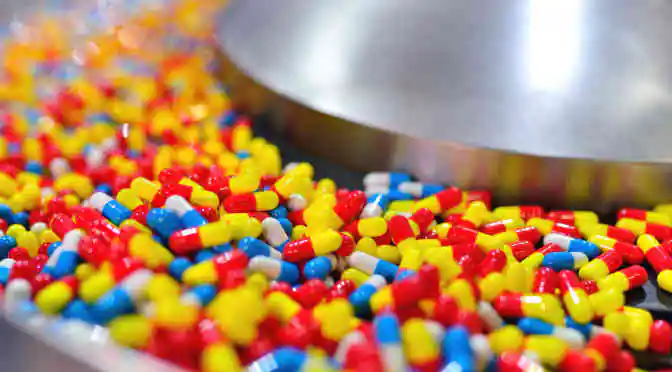For years, pharma companies considered drug packaging an afterthought and viewed it as a functional commodity, strictly to contain and protect medication. However, the pharmaceutical packaging landscape has been experiencing significant changes over the last several years, stemming from government regulations and technological innovations. Today, packaging not only matters, but is also quickly becoming one of the most important considerations in the success and growth of any drug product.
Current landscape of the pharmaceutical packaging industry
Pharmaceutical packaging is a complex task and a matter of serious concern for both consumers and drug manufacturers. As with most other packaged products, medicines need speedy and reliable packaging solutions that ensure a blend of quality, security and patient comfort. Amid all the changes in the industry, quality management still remains top priority for pharmaceutical packaging manufacturers across the world.
The pharmaceutical packaging sector has undergone massive changes in the last few years. The needs of the consumer are continually evolving, safety regulations are becoming stricter every year, cost pressure is mounting, and manufacturers are facing the challenge of finding creative solutions for several fundamental and ad-hoc issues. Consequently, evolution is paramount to achieving the ultimate goal of providing high-quality solutions for patients while simultaneously keeping costs down.
Customization is helping brands build an identity
‘One-size-fits-all’ is no longer relevant. Personalization has become an emerging trend in a number of industry verticals. As pharmaceutical packaging companies continue to expand globally, customized packaging offers a visual medium to promote the same product across different markets. Hence, vendors are deploying different versions of their product packaging in multiple regions, and this trend is expected to continue in the future.
Customized medication necessitates packaging manufacturers to handle smaller batches with shorter lead times. And, because the groups are smaller, there is a shift towards packaging products closer to the point of sale for well-organized distribution. For pharmaceutical packaging companies, this will result in a more continuous, localized production infrastructure in the coming years.
Smart packaging is pushing the envelope with innovation
Innovation is the motivating force in the pharmaceutical sector, and technology is its engine. It is, therefore, essential that a pharmaceutical packaging brand be on the cutting edge of technology. Thankfully, the objective isn’t far off as smart packaging that will be commonplace in just a few years, is now readily available and affords a range of benefits for patients as well as pharma companies.
Pharmaceutical packaging technology not only helps in improving patient compliance, but also provides benefits that include product tampering prevention, providing information and validation around anti-counterfeiting, as well as optimizing stock control and logistics operations within the product lifecycle. Technologies that enable such features include radio-frequency identification (RFID), sensors, electronic anti-tamper safeguards, programmable alerts, and tracking systems, each making rapid and remarkable progress in terms of their functionalities.
Apart from packaging, constant innovations in pharmaceuticals themselves, such as anti-counterfeit measures, snap off ampoules, unit dose vials, two-in-one pre-filled vial design, blow fill seal (BFS) vials, plasma impulse chemical vapor deposition (PICVD) coating technology, and prefilled syringes, have a direct impact on the packaging.
Wrapping up: Emerging player in the global healthcare renaissance
The potential benefits presented by smart pharmaceutical packaging are indisputable, and there is a strong chance that creative innovations will add real value to the healthcare sector by-route-of the packaging industry in the near future. Ideally, developing a robust supply chain in terms of speed, volume and price will be the key to ensuring the mass market adoption of these remarkable drug packaging products.



